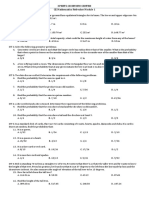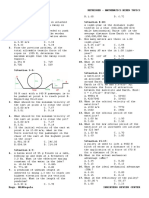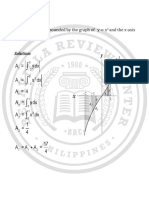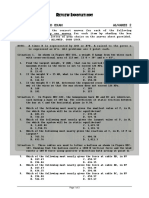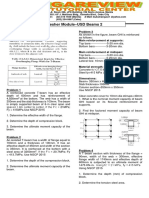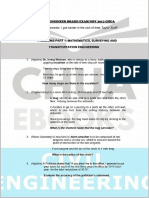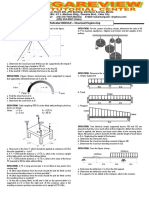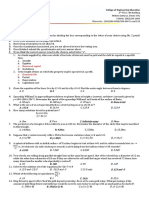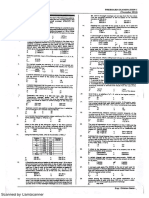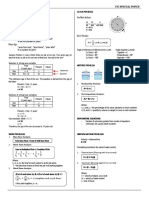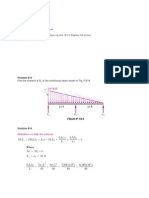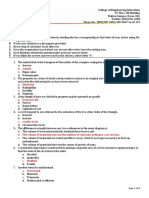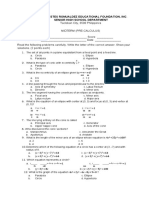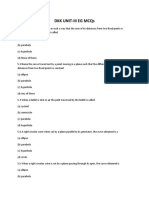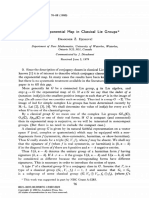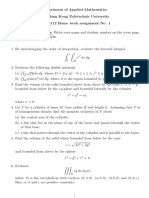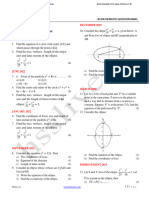0% found this document useful (0 votes)
302 views5 pagesMSTE. Problems. Analytic Geometry Assignment No. 3
Uploaded by
john lloyd pendangCopyright
© © All Rights Reserved
We take content rights seriously. If you suspect this is your content, claim it here.
Available Formats
Download as DOCX, PDF, TXT or read online on Scribd
0% found this document useful (0 votes)
302 views5 pagesMSTE. Problems. Analytic Geometry Assignment No. 3
Uploaded by
john lloyd pendangCopyright
© © All Rights Reserved
We take content rights seriously. If you suspect this is your content, claim it here.
Available Formats
Download as DOCX, PDF, TXT or read online on Scribd
/ 5
